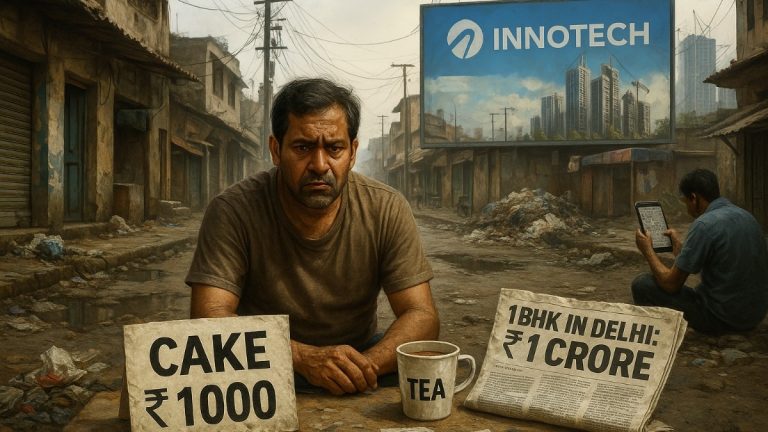Welcome back to F1 Talking Points after what can only be considered a farcical Monaco Grand Prix. A unique gimmick with a mandatory two-pit stop requirement dominated the headlines as teams deployed near crawling speeds in honour of protecting teammates, but at the front, the championship fight begins to tighten once more.
The gimmick has to go
I respect Formula 1 for trying something different and attempting to give the Monaco Grand Prix a spark. Two mandatory pit stops on paper seemed like a tantalising idea. Would teams double-stack drivers or potentially do their pit stops as early as possible? No. Instead, we saw a few drivers commit to an early virtual safety car caused by Gabriel Bortoleto failing to yield to Kimi Antonelli, which failed to pay off when there was no later safety car.
It caused lots of action, but with no substance. It didn’t feel natural in my eyes, which was a shame. This race could’ve been described as a whole lot of nothing. Now, this idea needs to go if it doesn’t evolve. The issue is with how big modern-day Formula 1 cars are and how narrow the streets of Monaco are. It is possible to drive like Alex Albon against Mercedes and target four or five seconds a lap slower than the cars in front to create massive gaps in the circuit to serve a pit stop with no consequence. Unfortunately, the evolution of Formula 1 and the consistency of the Monaco circuit pose an existential threat to Monaco, which will be recapped every year. In my view, scrap the two-stop mandate and instead, if there is an early safety or red flag in the first 10 laps, you should be forced to change tyres again afterwards.
Racing Bulls and Williams won the strategy battle
Credit where credit is due, Racing Bulls and Williams were on the ball with this new format. Not to say for a second this was good for racing, but the team’s objective is to score points, not make an entertaining race. Racing Bulls in particular, by capitalising on the most important qualifying of the year, put themselves in a prime position to orchestrate their own race. Liam Lawson was the first to play the team game to the benefit of Isack Hadjar, slowing up with Williams and Mercedes drivers so Hadjar could do a five-lap second stint on soft compound tyres and pit his second (and last) time to gain track position. Williams elected to take turns with Carlos Sainz, then Albon, slowing down considerably into Nouvelle Chicane, much to the frustration of the silver arrows. With Racing Bulls taking home 12 points and Williams scoring 3, both will feel they maximised their results after Saturday.
Mercedes disaster class
Whilst the midfield teams ahead benefited, it was Mercedes that was the biggest loser. A horrific qualifying started with Kimi Antonelli touching the wall and crashing at the Nouvelle Chicane and finished with George Russell suffering an electrical failure in the tunnel. Starting 14th and 15th, it was always going to be tough, but Mercedes uncharacteristically failed to split their strategies, committing both to going long in hopes of a safety car. This never materialised, and to be stuck behind Williams, who were as fast as traffic cones, was enough for Russell to snap. He straight-lined the chicane and charged off into the distance, willing to take a penalty. The stewards took a dim view of this and handed him the maximum possible penalty of a stop-go, which costs around 50 seconds of race time. His race was already ruined by a lack of chaos and an unwillingness of Mercedes to at least split strategies with Antonelli. It isn’t a great look when the GPDA director is willing to go off track and serve whatever penalty. It would be frustrating for the Brit, but Williams played the game when the opportunity arose.
The McLaren margin
At the front, it was Lando Norris who won in front of Charles Leclerc and Australian Oscar Piastri, who was third. It wasn’t completely smooth sailing for Norris, who had a massive lock-up into turn 1 and nearly threw himself out of the race. He also had a certain Max Verstappen who was waiting to pit on the last lap, but as he had track position, would refuse to move out of the way. As a result, the margin between the podium finishes looked much closer than it was, but Norris was in full control this race. The number four got the job done in qualifying, which is normally what seals a victory around Monaco, as the gap closes to just three points between him and current leader Piastri. Spain serves as an opportunity to bounce back for the number 81, who by all accounts, had a messy weekend, but it will be Norris who takes the momentum into the final leg of the triple header.






